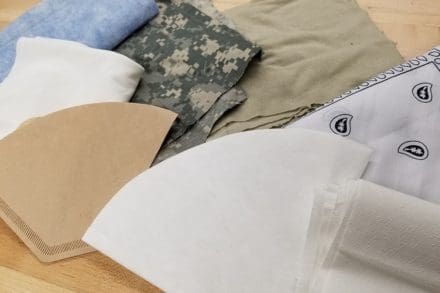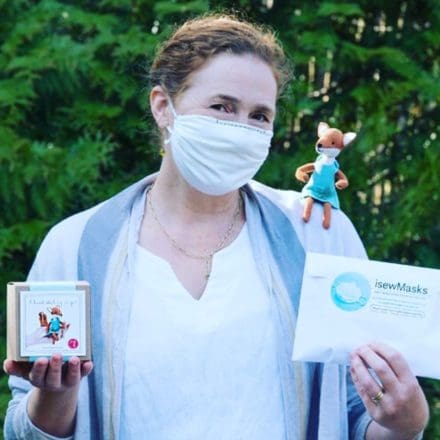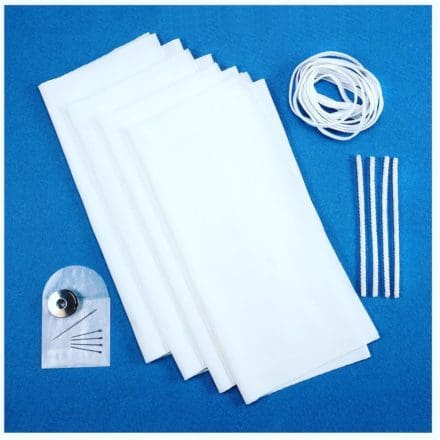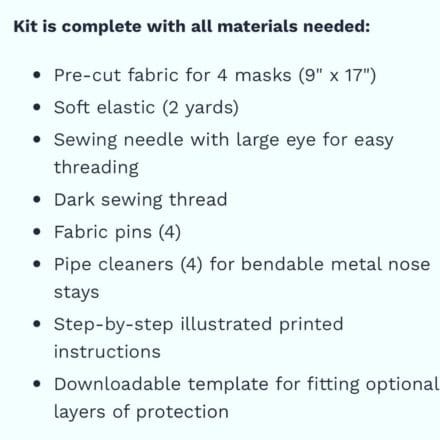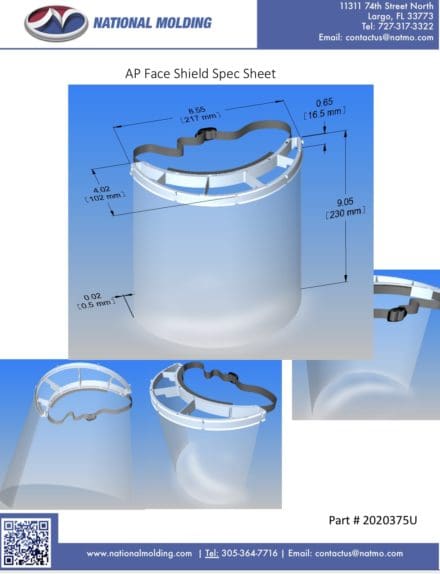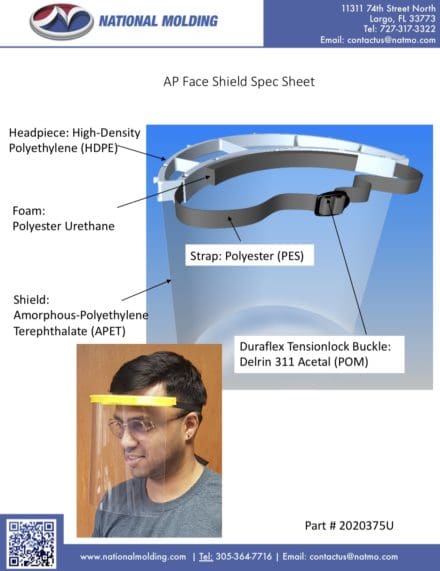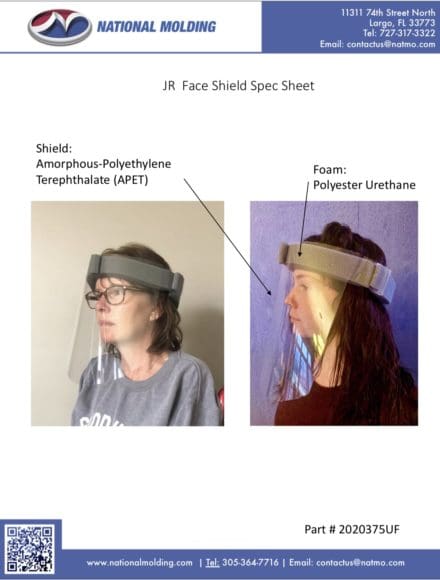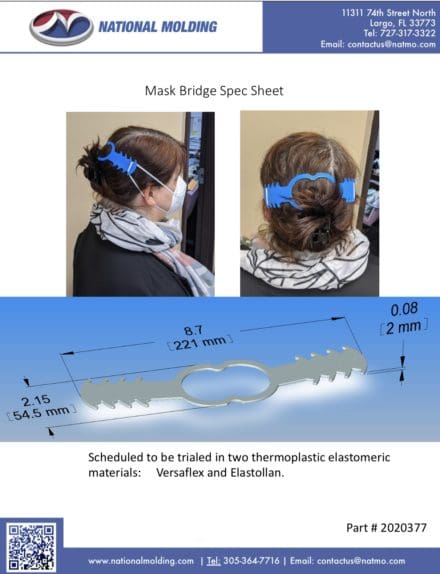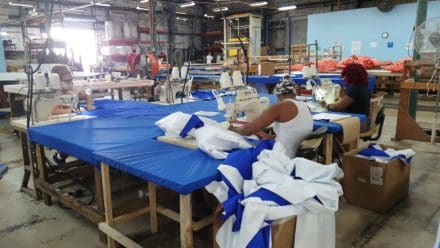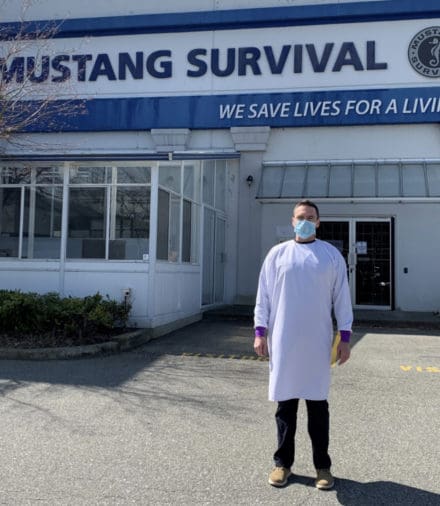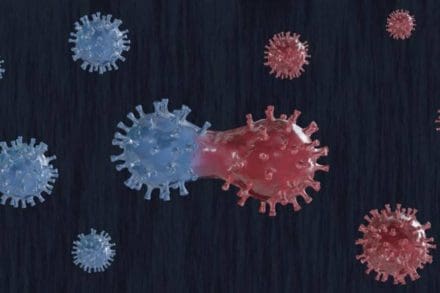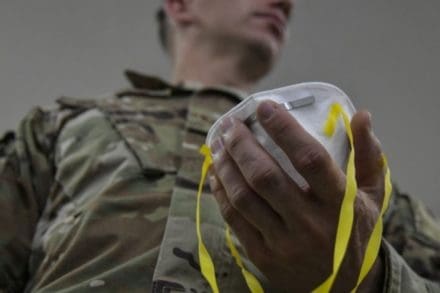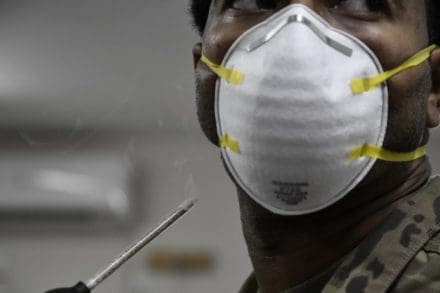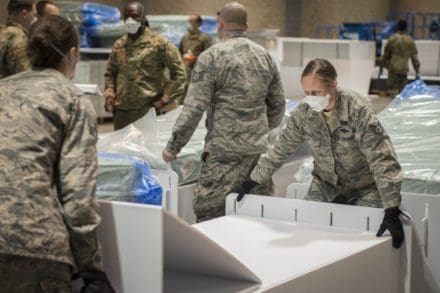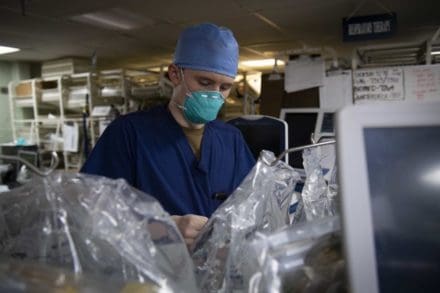RESEARCH TRIANGLE PARK, N.C. –Soldiers from the 82nd Airborne Division will soon have a new defense against the COVID-19 virus thanks to a collaboration between the U.S. Army and North Carolina State University that will result in the production of more than 100,000 face masks for the Army.
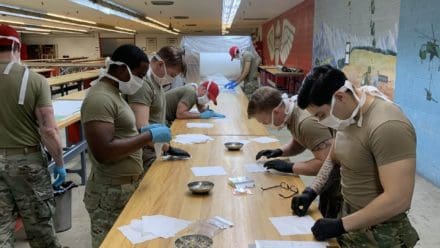
The partnership between North Carolina State and the 82nd Airborne Division Innovations Council at Fort Bragg, North Carolina, was initiated by the Army Research Office, an element of the U.S. Army Combat Capabilities Development Command’s Army Research Laboratory at Research Triangle Park.
In response to the pandemic, researchers at NC State’s Nonwoven Institute developed a unique filtration material for face masks that can protect medical workers and Soldiers fighting the effects of COVID-19. The material is effective in filtering out viruses and bacteria and can still be cut and sewn using traditional techniques.
NC State donated 4,725 meters of its newly developed filtration material to the XVIII Airborne Corps and Fort Bragg.
“As a neighbor and member of the North Carolina community, the Army Research Office has endeavored to partner North Carolina State University and the University of North Carolina System with Army operations at Fort Bragg,” said Dr. Stephen Lee, an ARO senior scientist. “This is a special example where those relationships are paying off during the COVID-19 events.”
The XVIII Airborne Corps, the parent organization of the 82nd Airborne Division, specializes in parachute missions. Its parachute riggers already have the skillset, equipment and facilities needed to sew the masks.
The donated materials will make about 100,000 face masks for Soldiers.
“That is what the spirit of this partnership is – to build a deeper understanding and collaboration between academia and military personnel,” said Capt. Colby Miller, 82nd Airborne Division innovation officer, who helped instigate this collaboration.
The NC State Nonwovens Institute can manufacture more than 2,000 meters of the material an hour and intends to donate up to 1,000 meters per week to the Army on an ongoing basis during the pandemic.
By US Army CCDC Army Research Laboratory Public Affairs


